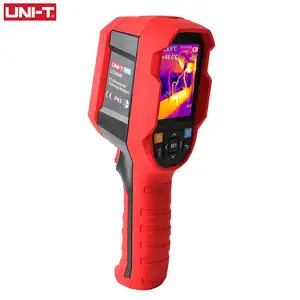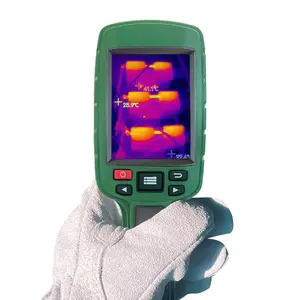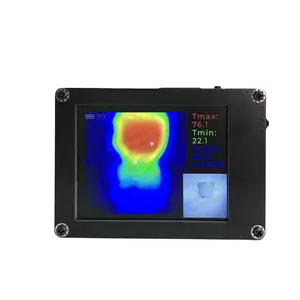Alibaba.com showcases a diverse array of thermal cameras, catering to various industrial and commercial needs. Among the types available, industrial thermal cameras are prevalent, designed for rigorous applications and environments. These cameras often feature enhanced infrared resolution, enabling precise thermal readings. Multispectral infrared cameras, equipped with professional SDKs, are tailored for specialized tasks like food sorting, highlighting their versatility.
For security and defense, long-range thermal cameras equipped with electro-optical pan-tilt systems are available, offering extensive surveillance capabilities. Handheld thermal imagers are geared towards maintenance professionals for applications like floor heating detection. The market also includes thermal imaging devices for smartphones, providing convenient, portable thermal imaging solutions.
In the automotive sector, uncooled night vision thermal imaging cameras are integrated into vehicles to enhance safety by detecting obstacles in low visibility conditions. Similarly, advanced driver assist systems utilize thermal cameras for improved night vision. The selection extends to handheld devices for outdoor activities, such as hunting, where thermal night vision scopes are used to track wildlife.
The thermal camera offerings on Alibaba.com are not limited to professional and industrial uses. There are also models designed for PCB circuit detection, floor heating pipe tests, and other specific applications, demonstrating the wide-ranging utility of these devices. Each camera type is built with a focus on material robustness and ergonomic design, ensuring durability and ease of use across different scenarios.




























 浙公网安备 33010002000092号
浙公网安备 33010002000092号 浙B2-20120091-4
浙B2-20120091-4